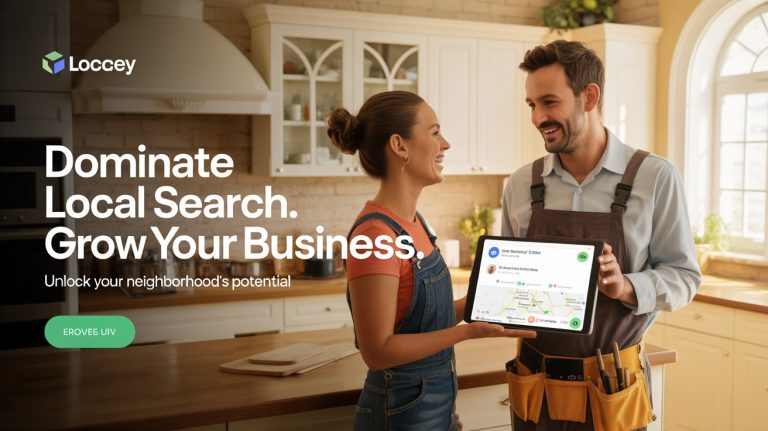Unlocking the True Power of API of Whatsapp for Business Growth
Introduction
Communication has always been the backbone of every relationship—whether personal or professional. In today’s digital-first world, instant messaging plays an even bigger role in shaping how businesses connect with their audience. Among the most widely used tools for real-time messaging lies the API of Whatsapp, a game-changer that goes far beyond casual chats.
The API of Whatsapp is not just a piece of technology; it’s a bridge that allows companies, developers, and even small enterprises to engage directly with their customers in real-time. From sending personalized updates to automating customer support, this API empowers organizations to transform conversations into conversions.

In this article, we’ll explore what the API of Whatsapp really is, how it works, its applications, myths surrounding it, and how businesses can use it effectively.
What is the API of Whatsapp?
At its core, the API of Whatsapp is an interface that allows software applications to communicate with the messaging platform. Unlike the standard messaging app used by individuals, the API is designed for structured, large-scale communication.
It enables:
- Sending notifications at scale
- Automated replies
- Secure communication with encryption
- Integration with CRM systems, websites, and mobile apps
In simpler words, the API acts as a communication highway between businesses and their customers.
Why Businesses Need the API of Whatsapp
1. Real-Time Communication
Customers don’t like waiting, especially when it comes to support or updates. The Whatsapp offers instant, two-way communication that eliminates delays.
2. Enhanced Customer Engagement
Interactive messaging such as quick replies, images, or catalogs helps businesses keep users engaged. The API provides the flexibility to design conversations that feel personal.
3. Secure Messaging
With end-to-end encryption, businesses can ensure that every piece of information exchanged remains private and secure.
4. Global Reach
The platform is already being used by billions of users worldwide. The API of Whatsapp allows brands to tap into this user base effortlessly.
Key Features of the API of Whatsapp
- Two-Way Messaging: Businesses can send and receive messages in real-time.
- Template Messages: Pre-approved formats for important updates.
- Rich Media Support: Share images, documents, and even location pins.
- Automation Capabilities: Integrate chatbots to reduce manual workload.
- Scalability: Handle thousands of conversations simultaneously.
Use Cases of the API of Whatsapp
Customer Support
By integrating the API with a customer support system, companies can resolve queries instantly, offering a seamless user experience.
Notifications and Alerts
From order confirmations to shipping updates, businesses can send real-time alerts through the Whatsapp.
Marketing Campaigns
Although subtle, businesses can use the API to run opt-in campaigns, promotions, and reminders.
Feedback and Surveys
The API makes it easy to collect customer opinions without friction, as responses come through a familiar channel.
How Developers Can Leverage the API of Whatsapp
For developers, the API is like a toolkit. By integrating it with websites, e-commerce platforms, or CRMs, they can automate processes and provide clients with a smarter communication system.
- Webhook Integration for real-time updates
- CRM Syncing to centralize communication history
- Chatbot Implementation for round-the-clock support
Myths vs Facts About the API of Whatsapp
| Myths | Facts |
|---|---|
| The API is only for large corporations. | Small businesses can also use it with proper setup. |
| It works the same as the personal app. | The API is designed for structured, large-scale communication. |
| Using the API is complicated. | With proper documentation, setup is straightforward. |
| It’s only for messaging. | The API supports multimedia, notifications, and automation. |
| Security is an issue. | The API offers end-to-end encryption for safety. |
Frequently Asked Questions (FAQ)
Q1. What is the API of Whatsapp used for?
It is primarily used for customer support, notifications, marketing, and real-time engagement between businesses and users.
Q2. Is the API of Whatsapp free to use?
No, costs vary depending on usage, region, and setup requirements.
Q3. Can individuals use the API of Whatsapp?
No, it is designed for businesses and developers, not for personal communication.
Q4. Does the API of Whatsapp require technical skills?
Yes, some level of technical expertise is needed, but many service providers simplify the process.
Q5. Is it safe to share personal data over the API?
Yes, thanks to encryption and strict security protocols, the API ensures secure data transmission.
Best Practices for Using the API of Whatsapp
- Get User Consent: Always ensure users opt-in before sending messages.
- Keep it Personal: Use customer names and personalized content.
- Stay Relevant: Send meaningful and timely updates.
- Automate Smartly: Balance automated replies with human support.
- Analyze Data: Track open rates and responses to improve communication.
Future of the API of Whatsapp
As digital communication continues to evolve, the API of Whatsapp will only grow in significance. We can expect advanced features like AI-driven insights, deeper integration with analytics tools, and more automation capabilities in the near future.
For businesses, the future looks promising—where customer conversations will be smarter, faster, and more impactful.

Conclusion
The API of Whatsapp is more than just a messaging tool; it’s a gateway to creating meaningful, real-time connections with customers. From improving customer support to sending vital updates, it has the potential to revolutionize how businesses communicate.
If you’re a business owner or developer looking to enhance customer engagement, now is the perfect time to explore the possibilities of the Whatsapp. By adopting it today, you’re not just keeping up with trends—you’re building the future of communication.
Start integrating the API of Whatsapp into your communication strategy now and unlock the full potential of customer engagement.








